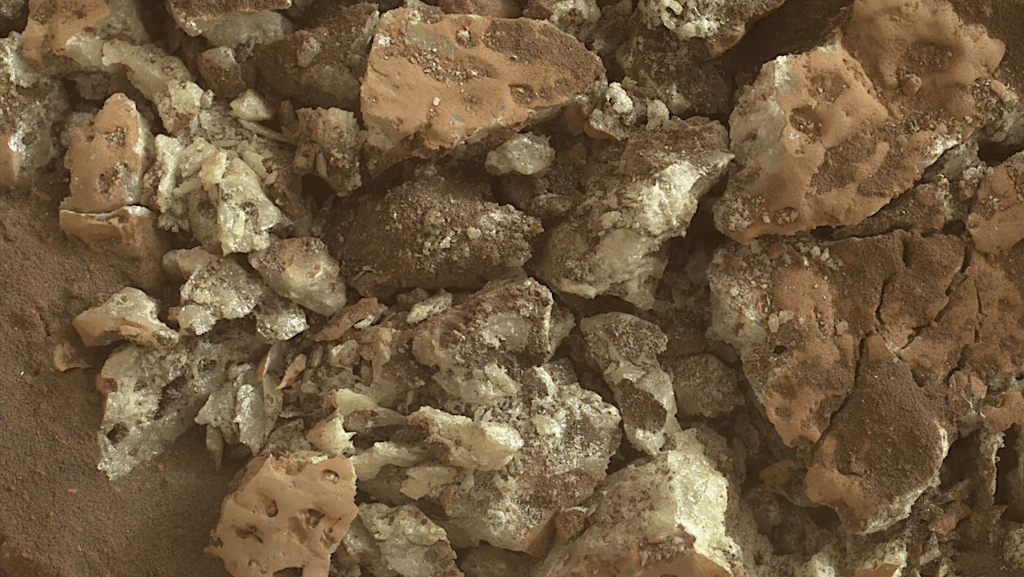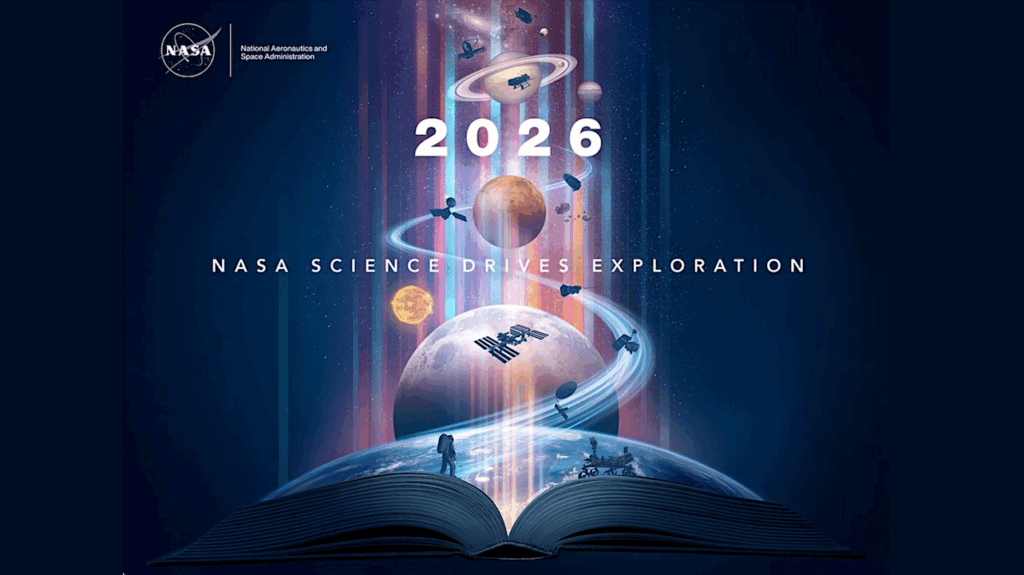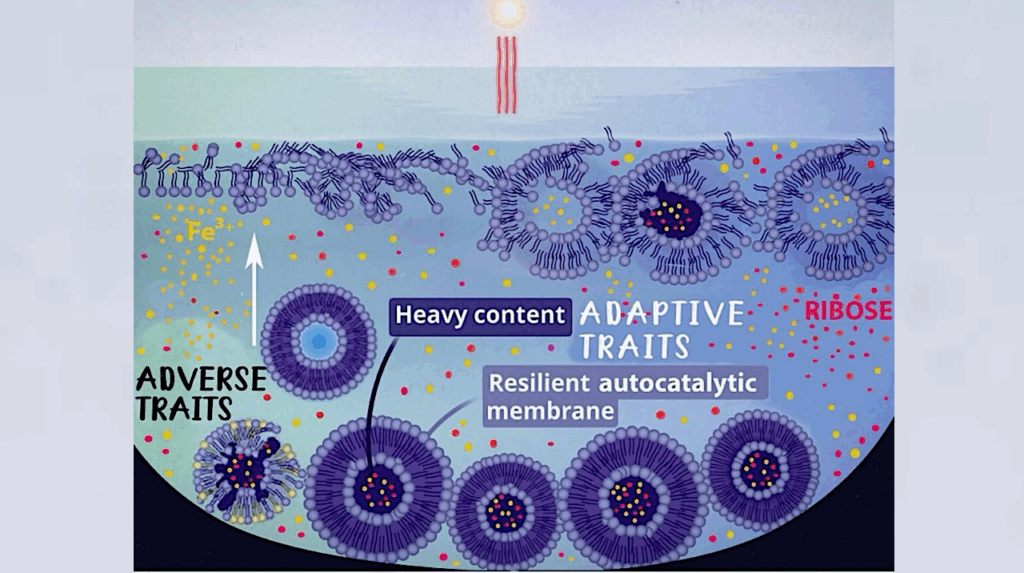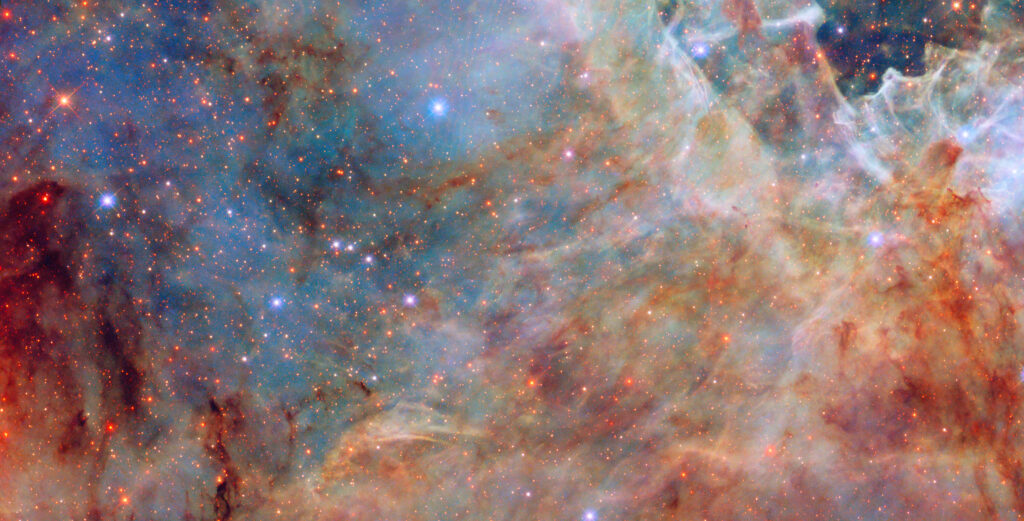Fossil And Present-day Stromatolite Ooids Contain A Meteoritic Polymer Of Glycine And Iron

Hemoglycin, a space polymer of glycine and iron, has been identified in the carbonaceous chondritic meteorites Allende, Acfer 086, Kaba, Sutters Mill and Orgueil.
Its core form has a mass of 1494Da and is basically an antiparallel pair of polyglycine strands linked at each end by an iron atom. The polymer forms two and three dimensional lattices with an inter vertex distance of 4.9nm. Here the extraction technique for meteorites is applied to a 2.1Gya fossil stromatolite to reveal the presence of hemoglycin by mass spectrometry.
Intact ooids from a recent 3,000Year stromatolite exhibited the same visible hemoglycin fluorescence in response to x-rays as an intact crystal from the Orgueil meteorite. X-ray analysis of these ooids at wavelengths above and below the iron K absorption edge yielded a set of high order diffraction rings that confirmed the existence and nature of a three dimensional lattice of 4.9nm inter-vertex spacing.
The lattice is filled by micro crystals of the aragonite and calcite forms of calcium carbonate. It seems probable that the copious in fall of carbonaceous meteoritic material, from Archaean times onward, has left traces of hemoglycin in sedimentary carbonates and potentially has influenced ooid formation.
Julie E M McGeoch, Anton J Frommelt, Robin L Owen, David Lageson, Malcolm W McGeoch
Comments: 22 pages 8 Figure 4 Tables
Subjects: Geophysics (physics.geo-ph); Earth and Planetary Astrophysics (astro-ph.EP); Biomolecules (q-bio.BM)
Cite as: arXiv:2309.17195 [physics.geo-ph (or arXiv:2309.17195v1 [physics.geo-ph] for this version)
Submission history
From: Julie McGeoch
[v1] Fri, 29 Sep 2023 12:44:36 UTC (11,178 KB)
https://arxiv.org/abs/2309.17195
Astrobiology, Astrochemistry








